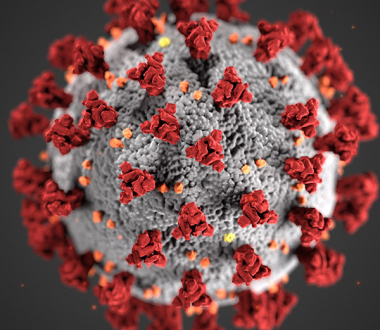
Wadsworth Center senior scientists Drs. Janice D. Pata, Lili Kuo, and Paul S. Masters are co-authors on a significant new study published in the Proceedings of the National Academy of Sciences (PNAS) (www.pnas.org/doi/10.1073/pnas.2513552122). The research uncovers how coronaviruses, including SARS-CoV-2, selectively package their genomic RNA into new virus particles while excluding the multitude of other viral and host RNAs present in infected cells. The study identifies three distinct protein regions that govern this remarkable selectivity: two domains of the nucleocapsid protein and the endodomain of the membrane protein. In particular, the carboxy-terminal domain of the nucleocapsid protein was shown to be the principal driver of packaging specificity, binding directly to the RNA packaging signal embedded in the viral genome. This high-fidelity packaging mechanism is essential for efficient replication in vivo, and the newly defined protein and RNA regions now represent attractive targets for the development of next-generation antiviral therapeutics.